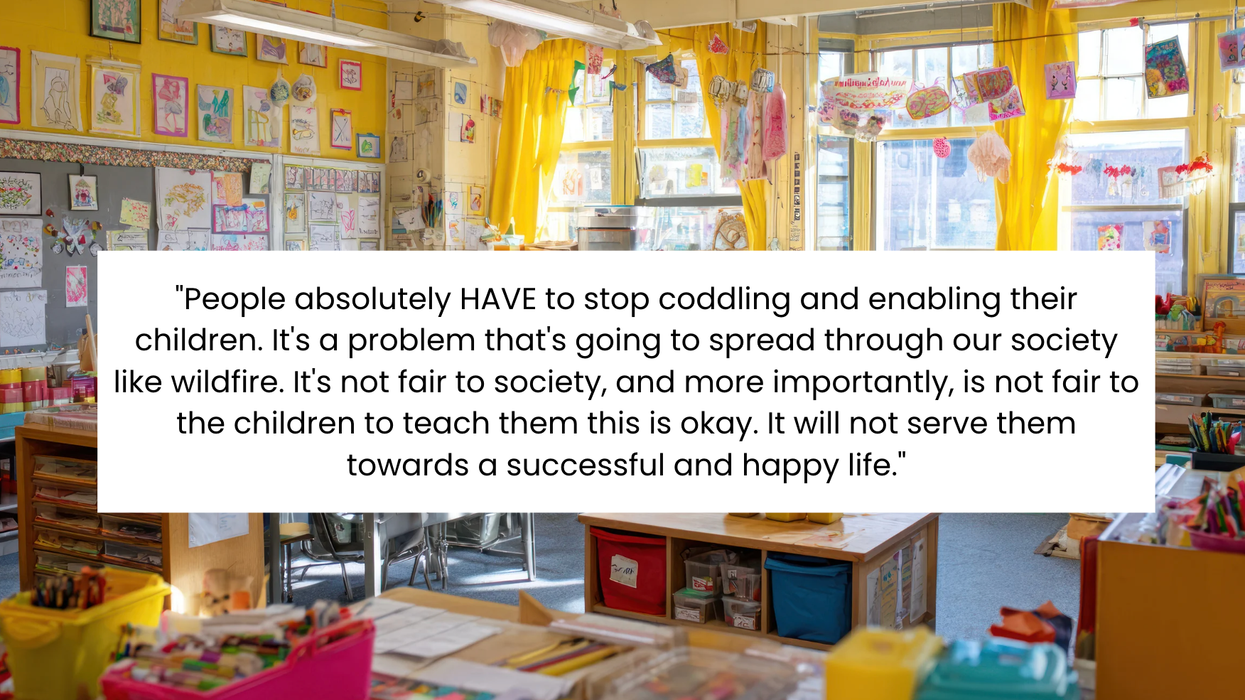The internet can be a wonderful place where people the world over come together to share ideas, explore commonalities, and express themselves in as many ways as there are websites. It can also be a terrible place, where virulent hostility, voluntary ignorance, and downright meanness congregate with little regard for (or, even worse: an explicit desire to affect) real world consequences.
To understand how content travels through the internet, how it goes “viral”, Youtube’s CGP Grey (“complex things explained”) created this extremely watchable primer that looks at the ways we we experience, and subsequently share, our thoughts online, all through the lens of virology. “We can treat thoughts,” the video begins, “as though they are alive—specifically, alive like germs.” As germs need hospitable conditions to both take root, and spread, so to do thoughts online. And, as you’ll see (and probably have experienced in your life, as well), “thought-germs” spread best when they make their online hosts good and angry.
The video draws from a 2009 study by Katherine L. Milkman and Jonah Berger entitled “What Makes Online Content Go Viral?” There, the authors examined three months worth of New York Times articles, concluding content that evokes positive emotions (like happiness, or awe) is typically more viral than that which illicits a sad response, while anger is the emotional state most likely to influence virality above all others. That’s probably not much of a shock to anyone who’s spent any time online lately. Take, for instance, the recent debate over “The Dress,” a viral sensation that’s become far and away the largest internet story of the year, if not the last several. The more indignant people got over what colors they saw in the ambiguously shaded garment, the more the image, articles about the image, and articles about the articles about the image were shared across Facebook, Twitter, Tumblr, and beyond.
Ultimately, it’s up to each individual user to decide what they will and won’t share on the internet. However, as the video points out, understanding how different types of thought-germs affect our emotions (and vise-versa) can help us better determine what we see—and how, in turn, we’re seen—online.
















 Otis knew before they did.
Otis knew before they did.